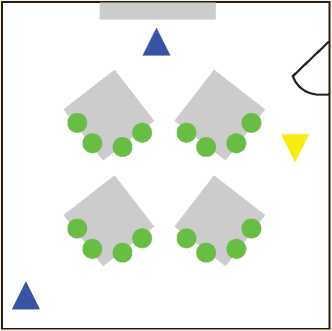A guide for literacy, numeracy and ESOL teacher educators
close team of two or three trainers, responsible for the teaching practice
observation and assessment, and much of the input in the taught element of the
course.
Paired teaching practice
Paired teaching practice is something of a halfway stage between the group
model outlined above , and the more familiar English model of individual
placements described below.
In this model, two trainees share responsibility for teaching students within a
single group of learners at a placement organisation supervised by the teacher
normally responsible for the group, teaching half the session each. An
alternative version sees trainees working in the classroom together, taking half
of the learners each, again under the supervision of the class teacher, with
formal visits from their trainer; this gives greater opportunity for the trainees to
watch each other teach a known group, and give feedback to each other.
Paired teaching practice
In this model two trainees work together with a single group of learners. They
may teach alternately, observing one another, or sometimes take half the
learners each, dividing the room in two. Observations may be from their
teaching practice (TP) mentor or from their trainer. This model benefits from
some peer observation but does not enjoy the strong connection to the taught
course experienced in the group model, with the teacher trainer present.
Source: www.talent.ac.uk

Two trainees take it in turns to
teach the entire group with the
TP mentor present.
In the classroom are: 2 trainee
teachers; 1 TP mentor; a
group of learners.
W L.earner Ж Trainee TP Mentor
11
More intriguing information
1. Special and Differential Treatment in the WTO Agricultural Negotiations2. The Environmental Kuznets Curve Under a New framework: Role of Social Capital in Water Pollution
3. The name is absent
4. The Trade Effects of MERCOSUR and The Andean Community on U.S. Cotton Exports to CBI countries
5. Conflict and Uncertainty: A Dynamic Approach
6. Response speeds of direct and securitized real estate to shocks in the fundamentals
7. BEN CHOI & YANBING CHEN
8. Sectoral Energy- and Labour-Productivity Convergence
9. The name is absent
10. Barriers and Limitations in the Development of Industrial Innovation in the Region